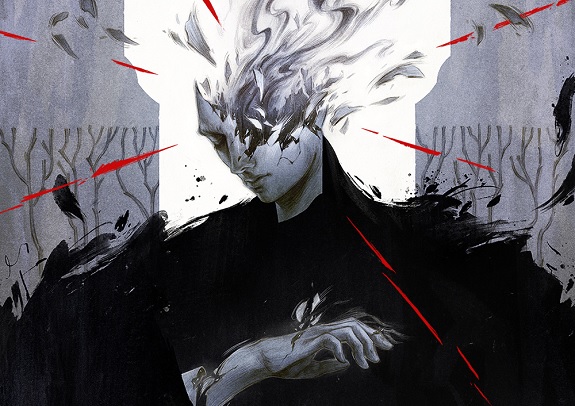
Black is Magic: the Gathering‘s best color in the game when dealing with creatures, like destroying, exiling, and a lot of other words to describe it. It is what makes control decks in various formats use versus the aggressiveness of creature decks. Also increases their survivability to reach the late game for their big spells. To get updated in Standard as to what removal that opponents use, I decided to do a quick Top Ten list based on deck utility.
Here below is the shortlist of the frequently used spot removals in the Standard format metagame, with Adventures in the Forgotten Realms.
Heartless Act – Most used in Black-based archetypes in the maindeck with an average of three copies of the card. It can be considered as generic spot removal in the current meta. Orzhov, Dimir, and Golgari are the usual users of this card, and it has proven to be efficient in dealing with the opponent’s threat. (Deck archetype use: Dimir Control, Sultai Control, Esper Doom)
Extinction Event – The current Black Wrath of God has made it’s conditional odd or even number more favorable against aggro decks. Playing against this card makes me wary of what mana cost I play on my board so they cannot wipe me out in one go. (Deck archetype use: Sultai Control, Dimir Control, Esper Doom)
Binding the Old Gods – While this is Golgari-colored, this is an auto addition as a playset in three-color deck builds that support it, mainly Sultai Control. The card value is just too good to resist. (Deck archetype use: Sultai Control)
Shadows’ Verdict – Another Black conditional mass removal that is more geared to handle the low-cost aggro deck. They just need to reach five mana to be able to cast this spell. The average copies in the deck are at least two, partnered with Extinction Event. (Deck archetype use: Dimir Control, Sultai Control)
Power Word Kill – The newest addition from Adventures in the Forgotten Realms, this spot removal is also under the category of “conditional but efficient” based on the metagame. Most of the aggro creatures are non-Angel, non-Demon, non-Devil, and non-Dragon so they will likely meet their end on this card. (Deck archetype use: Dimir Control)
Drown in the Loch – This Dimir instant which has two major functions are why it is probably the best card in Dimir Rogues deck. Countering a relevant spell and killing a relevant creature are its main advantage but is initially less effective if opponents have lesser cards in their graveyards. Hence, the mill strategy is one gameplan of the Rogues for it to function well. (Deck archetype use: Dimir Rogues)
Elspeth’s Nightmare – This Saga Enchantment has a similar advantage with the Binding the Old Gods, though this is cheaper and easier to cast. You can just cast it on an empty board with the hopes of ticking the lore counter up so as to Duress your opponent on your next draw step. The bonus Exile effect also works against graveyard shenanigans. At least two copies are included in the control decks.
Eliminate – This instant spot removal is more valued in Historic and Modern decks than in Standard. Maybe because it cannot hit relevant threats that are four-mana cost or greater. If the metagame leans more to low-cost aggro decks then this may have more copies played than its current average of 1.6. (Deck archetype use: Sultai Control, Dimir Control, Dimir Rogues)
Professor Onyx – A late-game board advantage in the form of an iconic planeswalker is what any Black-based deck would want to add to their list. The sacrifice ability does not target so no instant protection would save it. The high mana cost is just the only drawback or if the opponent has already placed enough threats. Still, you only play this if the coast is really clear. (Deck archetype use: Sultai Control, Dimir Control)
Bloodchief’s Thirst – A slower Fatal Push but is more efficient in the late game, this Sorcery card has an average of 2.7 rounded up to 3 copies in the deck of the current Blue-Black Dimir control. Your spare untapped mana on the first turn can deal with their one-drops if they go on the play. (Deck archetype use: Dimir Control, Dimir Rogues)
